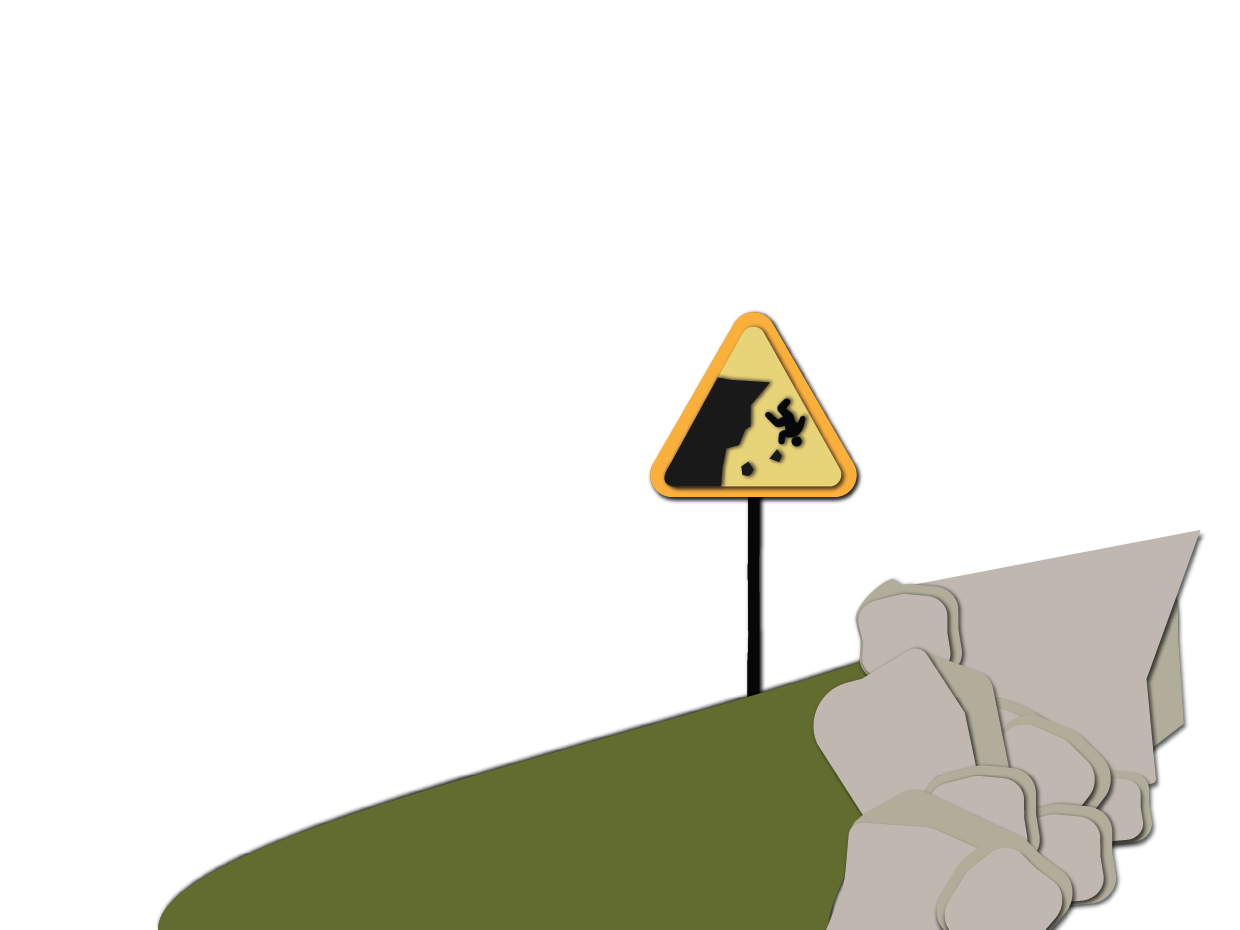Fake websites are created by fraudsters to fool victims into believing these companies are legitimate investment firms. Protect your money and make more informed investment decisions by learning how to spot fraudulent websites.
On this page you’ll find
How do fraudsters use fake websites?
You may receive an unsolicited email, call, or text message about an investment offer with a weblink to the investment firm’s website. Fraudsters are creating authentic looking websites that masquerade as legitimate investment firms. These websites are designed to fool you into thinking you are dealing with the real company. You may end up feeling so convinced that you send money — not realizing you’re falling for a fraud. Fake websites can cause real trouble: for you, for other investors and for the reputation of the firm.
The CSA issued an Investor Alert about an increase in investment scams imitating well-known financial brands. These scams deceive investors into thinking they’re visiting an authentic website of a financial firm, but they’re actually on a fake website. And scammers are creating fake websites for smaller, lesser-known firms. They may be using artificial intelligence (AI) to quickly generate these fake websites to target potential victims.
In some cases, fake investing websites could be used as part of a crypto scam, or a more long-haul scam known as pig butchering. The fraudster may first gain your trust, and then send you to a website that looks like an investing platform but is actually fake.
Remember: Be wary of any unsolicited investment offers whether from an email, mail, telephone or text.
How can you spot fake websites?
It’s not wise to click on a weblink to a company in an unsolicited email — even if it’s a company you know. Here are four ways to check if a website is fraudulent:
- Search online and double check the address: Do an easy online search of the company’s name. Does the web address match the one you received in the unsolicited email? Website addresses for fake companies, and email addresses, can look authentic but if you look closely, you may see extra letters or hyphens that the real address doesn’t have.
- Spell check: See if there are spelling errors on the website. Fake sites often have misspellings of basic information, including the name of the company they are pretending to be.
- Compare graphics: If you see poor low-resolution graphics and company logos that are askew, you may be on a duplicate site.
- Unusual payment: Look out for unusual payment methods. Be on the lookout for any request to send money offshore via wire transfer or for unusual payment methods such as being asked to pay using cryptocurrency.
Also remember to check before you invest. By checking the registration of any investing company or financial advisor, you can find out whether they are licensed to sell investments. You can also find out whether they have any complaints against them. If you don’t see them listed in the Canadian Securities Administrators’ national database, be wary about trusting them with your money.
Summary
Fake websites are designed by scammers to fool people into believing their fraudulent investment firms are real companies. Keep an eye out for fake websites:
- Search the company’s name online to see if the website addresses match.
- Watch for misspellings on the website and low-resolution images and graphics.
- Be wary of any requests to send money using unusual payment methods.
- Always remember to check before you invest, by checking to see if the investing platform is registered.
